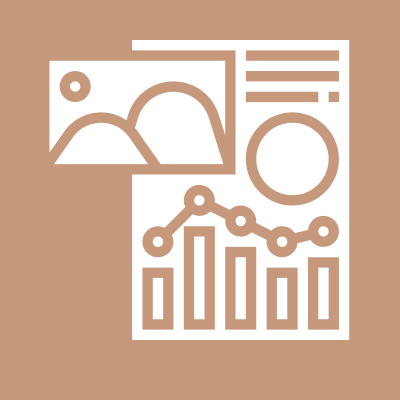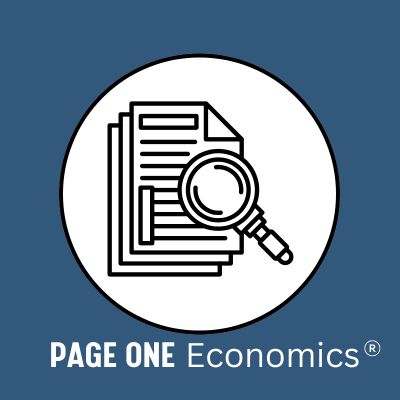Trade: Why Do Nations Trade?
Visualize key components of international trade.
{{searchResultSnippet}}
 Back to All
Back to All

In this activity, students learn a key economic idea: voluntary trade can make both the buyer and seller better off. Students trade candy with different groups of students to see how increasing trade affects welfare.

Trade: Why Do Nations Trade?
Visualize key components of international trade.

International Trade 101
Introduces the benefits and costs of international trade

Does International Trade Create Winners and Losers?
Provide an overview of the basics of trade.

Tricks of the Trade
Investigate the balance between scarce resources and the benefits of trade.

Let’s Make a Deal
Learn what conditions are necessary for two people to agree to a trade.

Making Magic
Read a story to illustrate the benefits of trade.

Teaching Economics with Active Learning
Teach economics with active and engaging lessons.

PACED Pretzels
Learn about and apply the five-step PACED decision-making process.

How Many Beverages Will Consumers Buy? Lesson on Demand
Learn about the law of demand and discover the relationship between price and quantity demanded.

Using a Minimum Wage Debate in an Economics Class
This activity uses a classroom debate about the minimum wage to teach prices floors.

Teaching Market Structures with Gum
Highlight different market structures through a role playing game.

How Do We Measure Unemployment?
Demonstrate how we calculate the civilian unemployment rate.

The GDP Expenditures Equation: How Do We Measure It?
Learn about gross domestic product (GDP)

How Fed Policy Transmits to the Economy
Show how changes in monetary policy ripple through the economy.

Career Choices
This activity highlights the connection between education, training, and experience in determining income.

The Three C's of Credit (Lesson 9A)
Play the role of credit providers and assess the credit worthiness of an individual.
{{resourceTitle}}
{{resourceBlurb}}